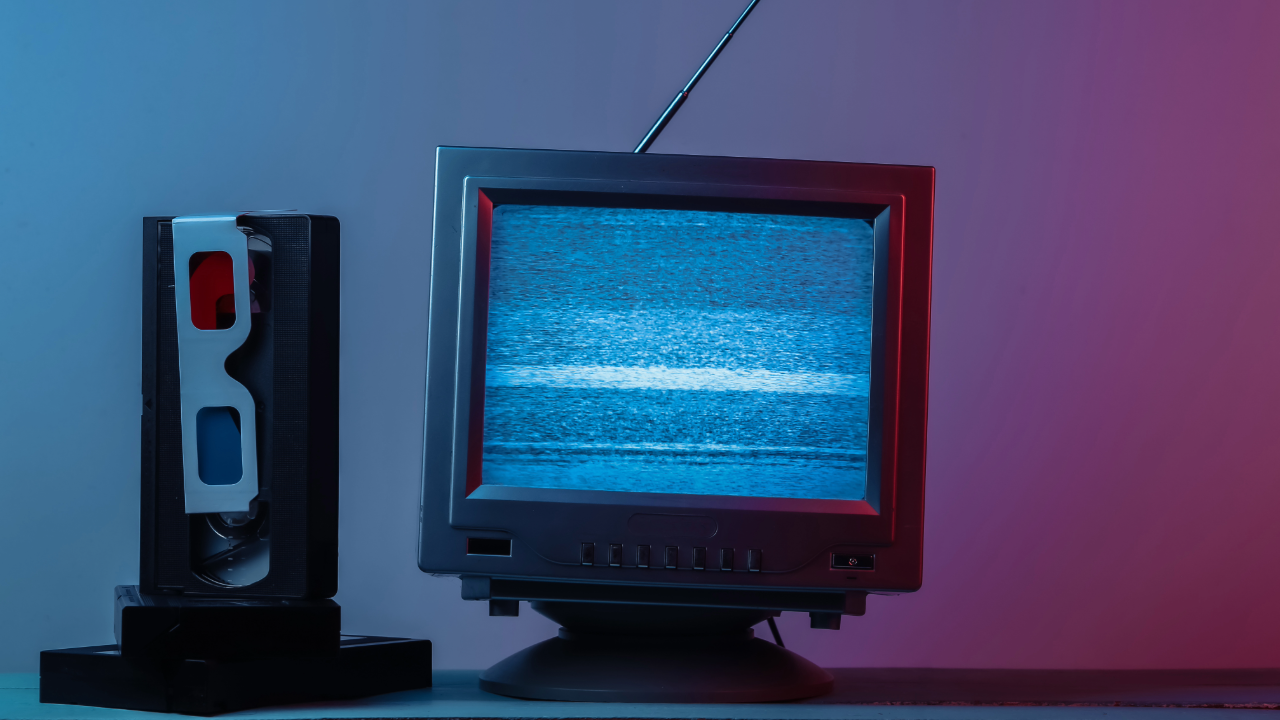In every generation, nostalgia finds its way back into the spotlight — and in 2025, the collectibles market is living proof. The toys that once filled childhood bedrooms in the 80s and 90s are now commanding eye-watering prices on auction blocks and collectible exchanges. From He-Man action figures and Transformers robots to Pokémon cards and even the humble Tamagotchi, vintage toys have become a booming category for collectors and investors alike.
According to The Guardian, nostalgia has always been a powerful driver in consumer culture, but the surge of 80s and 90s toys reflects a deeper cultural moment: millennials and Gen Xers, now with disposable income, are reclaiming the icons of their childhood. Similarly, CNN has noted how vintage toy prices are climbing steadily, driven by rarity, cultural relevance, and the growing recognition of toys as “serious” collectibles.
So, why exactly are these retro treasures ruling today’s market?
🎮 1. Nostalgia as Currency
Nostalgia isn’t just sentimental — it’s valuable. For collectors, toys aren’t just plastic figures or electronic gadgets; they’re time machines. Owning an original He-Man from 1982 or a mint-in-box Tamagotchi brings back an entire era of Saturday morning cartoons, toy store trips, and playground trades.
That emotional connection fuels demand, driving collectors to pay premiums for toys in pristine condition.
🤖 2. Pop Culture Power
Pop culture franchises from the 80s and 90s aren’t just remembered — they’re still alive today. With modern movie reboots of Transformers, the continued global dominance of Pokémon, and streaming platforms resurrecting classic cartoons, these toy lines remain culturally relevant.
This ongoing visibility ensures that demand doesn’t just come from nostalgic adults but also from new generations discovering them for the first time.
💎 3. Rarity & Condition
Not all toys age gracefully. Many were played with until they broke, lost in attics, or tossed aside as trends moved on. That’s why items like an unopened Pokémon booster box or a still-sealed Barbie Dreamhouse from the 90s now sell for thousands of dollars.
In today’s market, collectors prize:
- Mint-in-box toys
- Limited editions and early runs
- Crossovers linked to pop culture milestones
📈 4. Toys as Investments
While nostalgia drives the initial attraction, financial opportunity sustains the market. Collectors increasingly see vintage toys as alternative assets, similar to art or rare coins. As mainstream media highlights record-breaking sales, more investors are turning toward toys as a way to diversify their portfolios.
This trend has brought professional appraisers, grading services, and online marketplaces into the spotlight — transforming toy collecting into a more structured industry.
🔎 How Collectiblepedia Helps Collectors Stay Ahead
The vintage toy market is dynamic, fast-moving, and often unpredictable. That’s why platforms like Collectiblepedia are essential for today’s collectors.
On Collectiblepedia, you can:
- Track market trends daily across vintage toy categories.
- Discover surging collectibles before they peak in value.
- Access histories and insights about your favorite toys.
- Join a knowledge-driven community passionate about pop culture collectibles.
Whether you’re chasing the rarest Pokémon holographic cards or searching for the perfect Transformers G1 figure, Collectiblepedia documents these markets in real-time — giving you the edge every collector needs.
🧸 Final Thoughts
The resurgence of vintage toys proves one thing: nostalgia is big business. What once gathered dust in childhood bedrooms now sits at the center of a multi-million-dollar market, where sentiment and investment collide.
The next time you find an old toy box in the attic, don’t dismiss it — it might just hold a collector’s dream.
👉 At Collectiblepedia, we bring these stories, trends, and insights to life every day, so you never miss what’s next in the collectibles world.
Start exploring the toy markets of yesterday, today, and tomorrow at Collectiblepedia.com.







